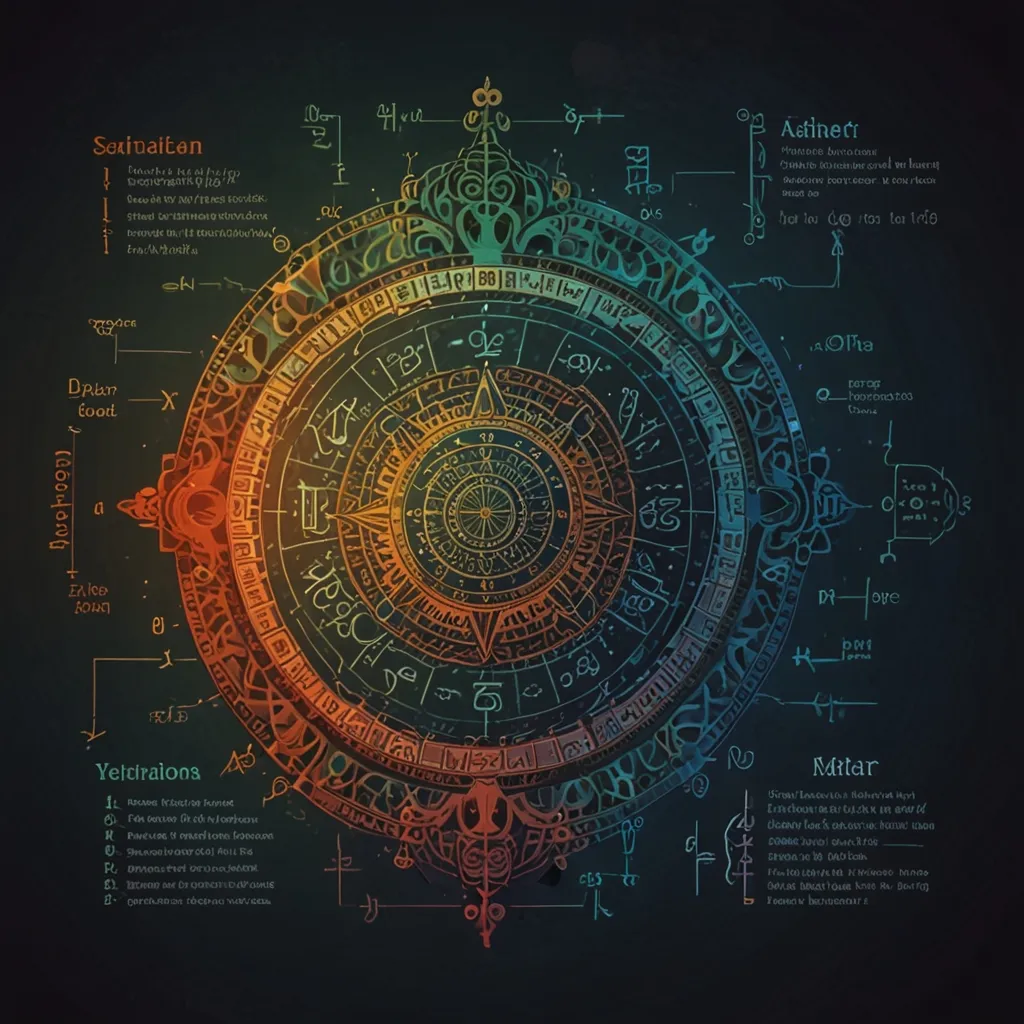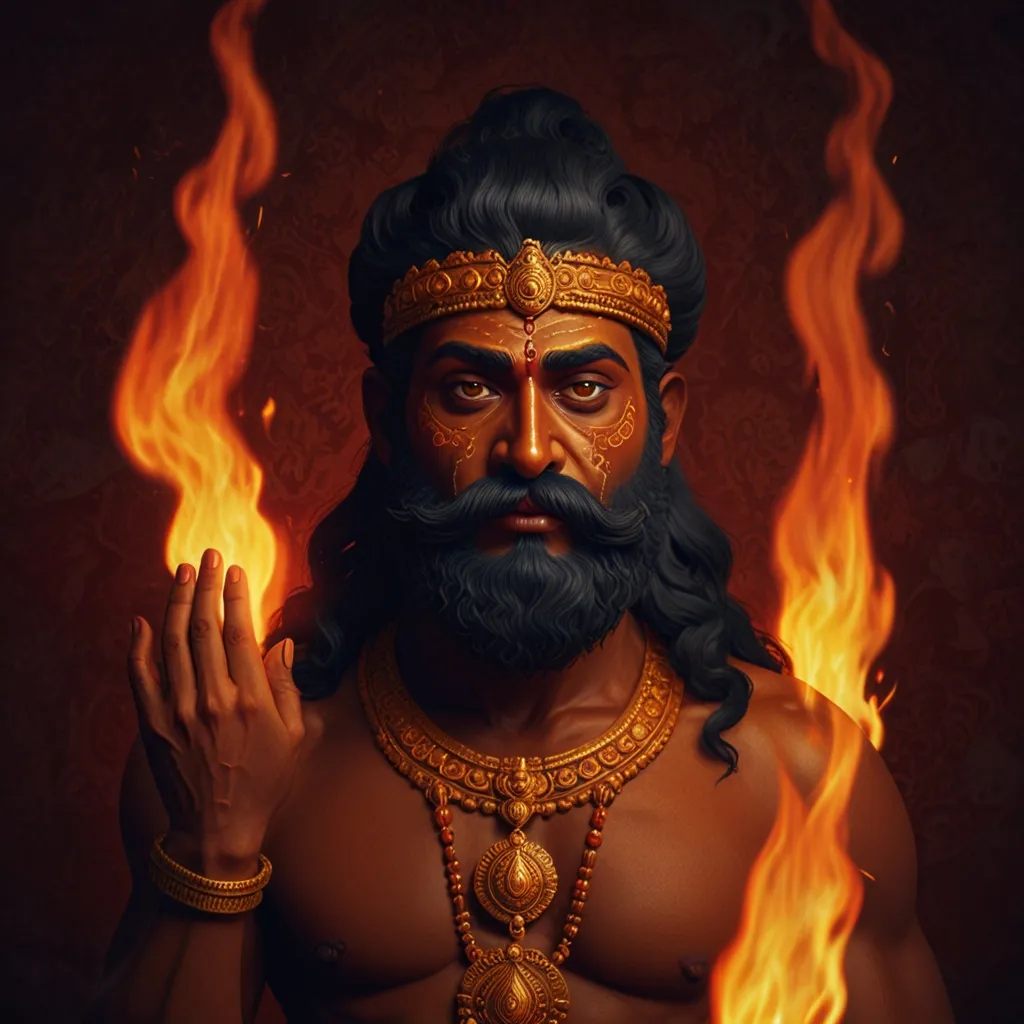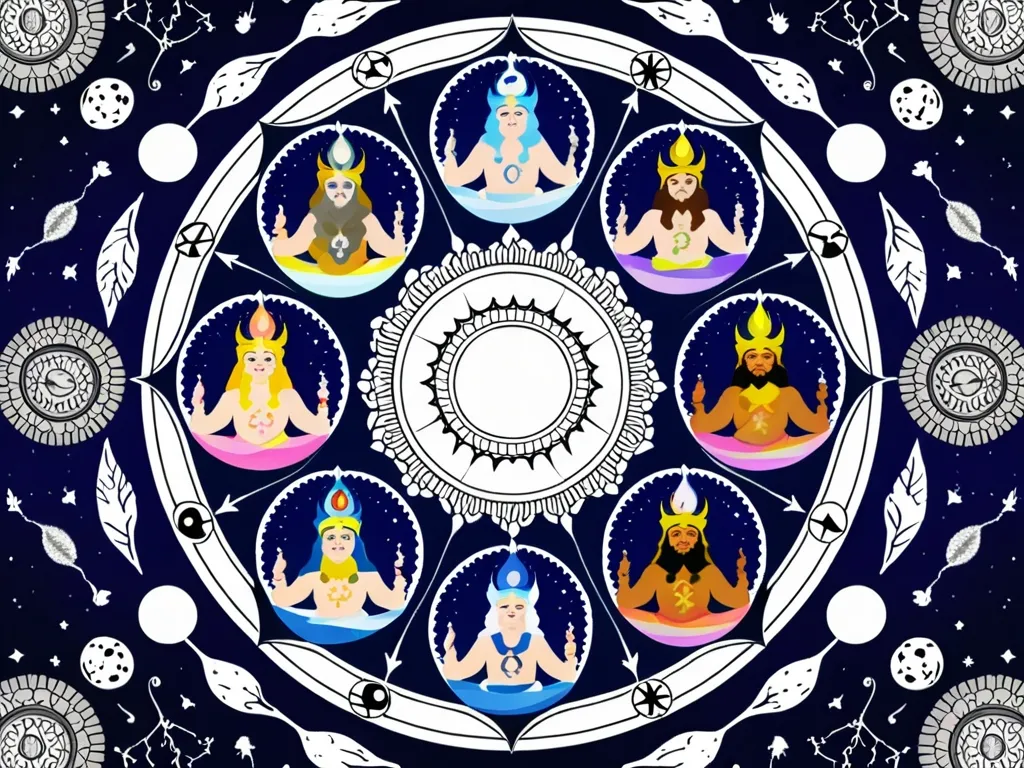In the vibrant world of Hindu rituals, few are as pivotal as the Upanayana ceremony. This sacred thread ceremony marks a young boy’s initiation into Vedic studies, a cornerstone rite of passage that ushers him into a life dedicated to spiritual and intellectual growth. It’s like a grand ceremony that transforms a boy into an eager seeker of knowledge under the Brahmacharya Ashrama.
Upanayana goes beyond a mere set of rituals; consider it a spiritual rebirth. The word itself translates to “taking near,” symbolizing the boy’s journey towards the Gayatri Mantra and the mentorship of a guru. Traditionally, this ceremony is for boys from the upper varnas—Brahmins, Kshatriyas, and Vaishyas. It’s timed when the child is mature enough to grasp the rituals, usually between ages 5 and 24.
During the ceremony’s onset, the boy takes a ritual bath and dresses in ascetic attire. This transformation is visually striking: he’s presented before his guru and robed in deerskin, handed a staff, and adorned with the Yagyopaveet, also known as Upavita or the sacred thread. This thread, a trio of symbolically knotted and twisted strands of cotton, is worn over the left shoulder, draping diagonally across his chest to the right hip. Donning this thread signifies a “twice-born” status, symbolizing a second birth through initiation.
This sacred thread isn’t just another ornament. It embodies the Gayatri Mantra, with each strand representing one part of the mantra. The thread is a constant reminder of the wearer’s duties and responsibilities, binding him to a life of righteousness and discipline. It’s a symbolic blend of ‘yagya’ (sacrifice), ‘pitha’ (father), and ‘Gayatri ma’ (mother), meant to be worn above the shoulder close to the heart.
One of the ceremony’s standout rituals includes lighting the sacrificial fire and begging for alms—known as Bhikshakaranam. Although symbolically performed in contemporary times, this act underlines the lesson of humility and self-discipline, echoing the ancient tradition when young students would go out to the streets to seek alms.
Upanayana signals the dawn of formal Vedic education for the young boy. Central to this education is the Gayatri Mantra, held as the holiest of mantras, believed to offer protection and enlightenment. The boy’s entry into a disciplined routine under his guru’s guidance is essential for mastering these spiritual teachings.
Maintaining the Yagyopaveet comes with its own set of rules. It’s not merely a piece of cloth but a sacred object that demands respect. When the wearer performs daily ablutions, the thread should be lifted and placed behind the ears. Should it break, the entire thread must be replaced. After significant family events like births or deaths, it requires renewal. Unlike regular accessories, it remains worn constantly and is cleaned during showers.
Historically, Upanayana was a universal practice among the upper castes. Nowadays, it’s mostly observed by orthodox Hindus, especially the Brahman caste. In some modern settings, it’s replaced by a simpler marriage day ceremony, or sometimes both get omitted entirely.
An interesting angle surrounds the debate on women’s participation in Upanayana. While traditionally male, there was historical precedent for women participating in Vedic and post-Vedic ages. Certain Hindu organizations, such as the Arya Samaj, continue to extend Upanayana and spiritual education to women, advocating that spiritual knowledge transcends gender barriers.
Upanayana is a significant milestone in a boy’s life, heralding a phase of spiritual and intellectual growth. It emphasizes a disciplined, knowledge-seeking journey. Even as the specifics of the rituals have evolved, the essence of Upanayana remains integral to Hindu tradition, guiding individuals toward lives of righteousness and enlightenment.
In an era where such traditions might often be sidelined, understanding and preserving their spiritual significance is crucial. Upanayana connects us to a rich cultural heritage, marrying modern life with timeless wisdom from the Vedas. Guiding young minds towards self-realization and societal contribution, this ceremony remains a vital practice in Hindu culture.
So, next time you witness or think about the Upanayana ceremony, think of it as more than a ritual. It’s a beautifully complex tradition that has shaped countless lives through discipline, education, and spiritual growth. And it continues to light the path for future generations, keeping the flame of ancient wisdom alive and vibrant.






